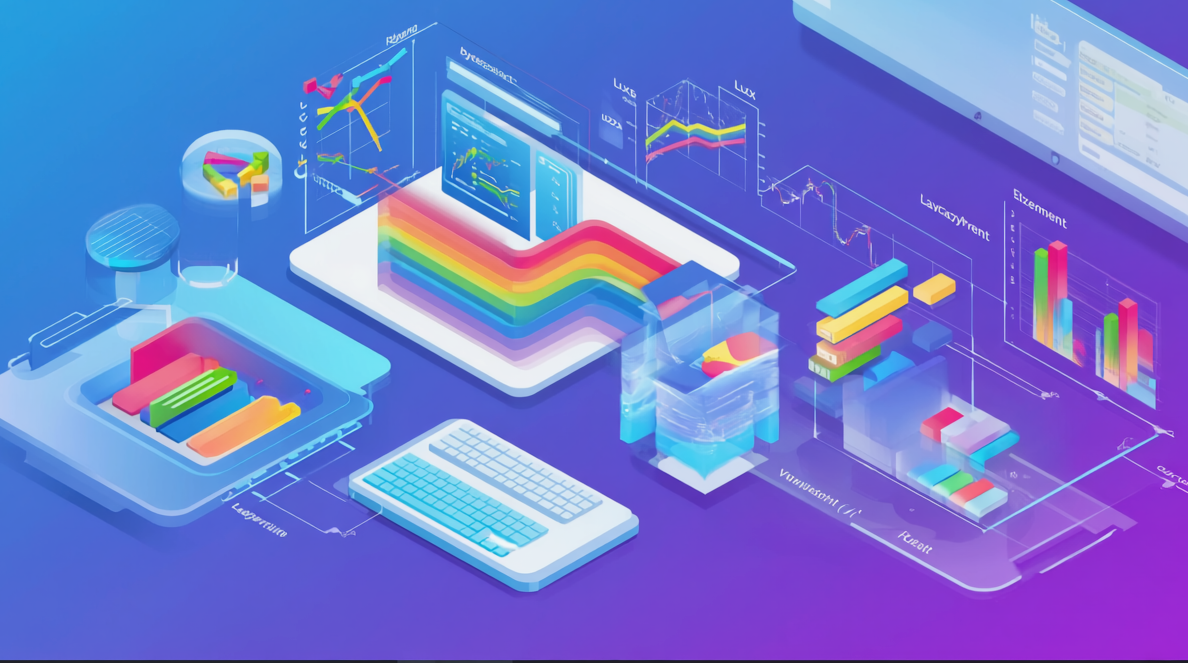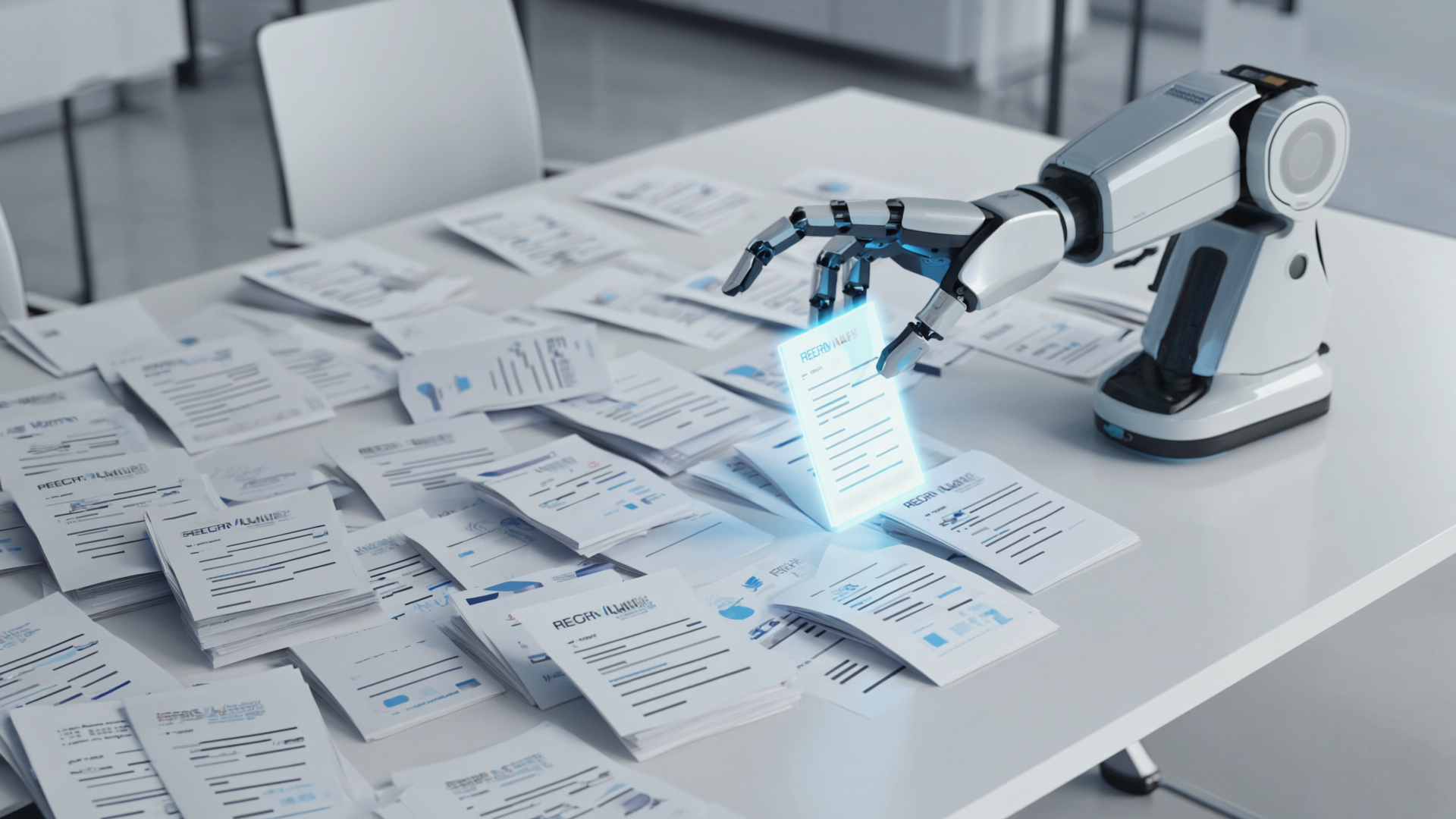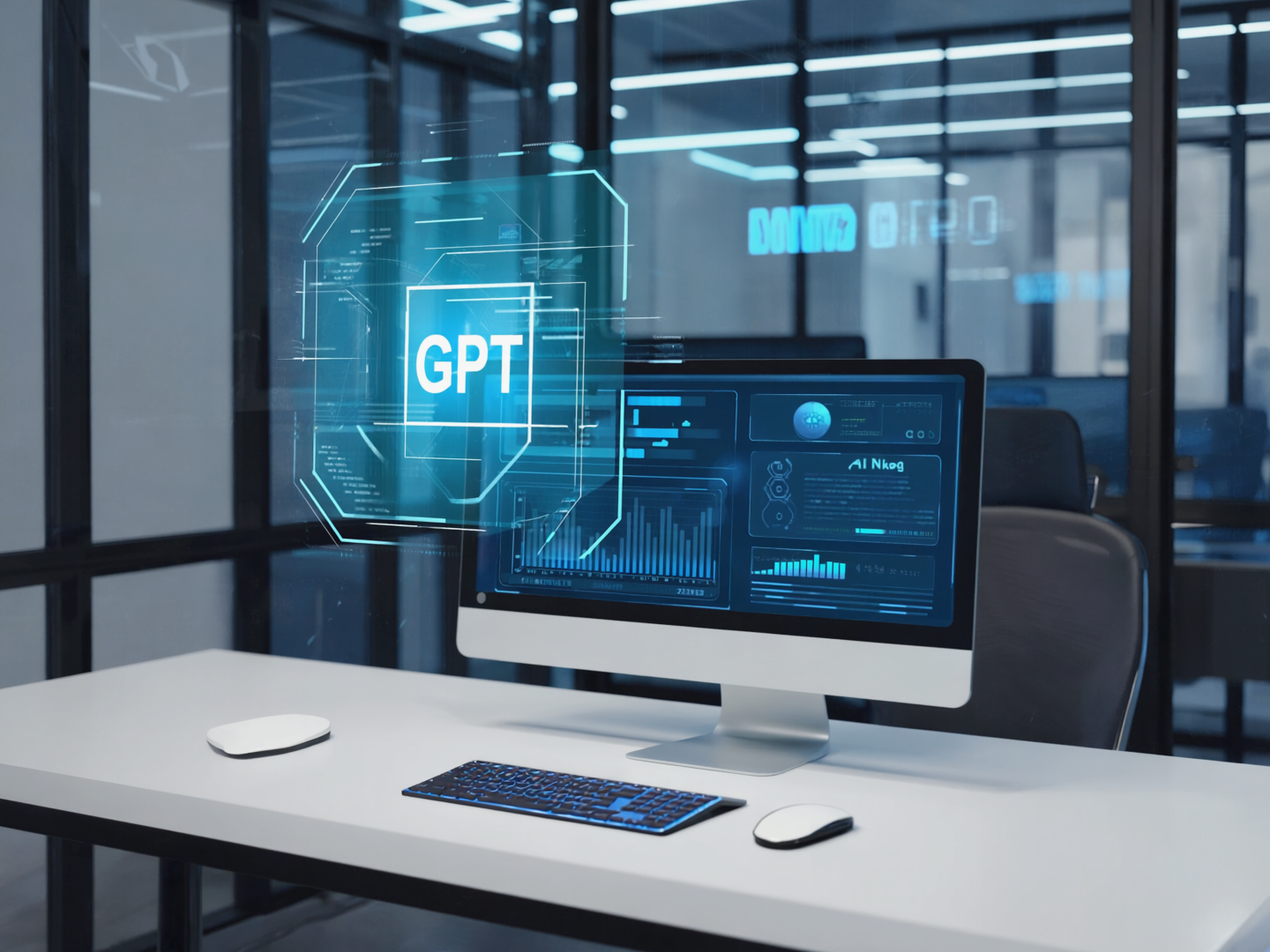
Top Python Packages for Data Science
Introduction
In the rapidly evolving field of data science, Python has established itself as the lingua franca due to its simplicity, versatility, and robust ecosystem of libraries and packages. As data scientists and machine learning engineers continuously seek efficiency and accuracy, selecting the right tools can make a significant difference in the outcome of their projects. While many are familiar with popular packages like NumPy, Pandas, and Scikit-learn, there exists a plethora of lesser-known yet incredibly powerful libraries that can enhance data workflows. This article delves into some of these top Python packages for data science, revealing tools that can optimize data cleaning, visualization, and machine learning processes.

Key Points and Analysis
1. CleanLab
This package is essential for those dealing with noisy datasets. CleanLab automatically detects issues within a machine learning dataset, acting as a "magic wand" to ensure data and labels are clean. This can dramatically reduce the time spent on preprocessing and improve model accuracy.
2. LazyPredict
For data scientists who need to quickly prototype different models, LazyPredict offers a solution by enabling the training, testing, and evaluation of multiple machine learning models with minimal code. It supports both regression and classification tasks, making it a versatile tool for initial model selection.
3. Lux
Data visualization is a critical step in understanding and communicating insights. Lux simplifies this process by providing quick and interactive visualizations, allowing users to explore their data efficiently. Its integration with Pandas makes it a seamless addition to any data analysis workflow.
4. PyForest
Importing numerous libraries at the start of a project can be tedious. PyForest resolves this by allowing users to import all necessary data science libraries and functions in a single line of code, enhancing productivity and reducing setup time.
5. PivotTableJS
For those who prefer working in Jupyter Notebooks, PivotTableJS offers an interactive way to analyze data without any code. This can be particularly useful for exploratory data analysis, enabling users to manipulate and view their data dynamically.
6. Drawdata
Understanding the behavior of machine learning algorithms often requires visualizing datasets in various forms. Drawdata allows users to draw 2-D datasets directly in Jupyter Notebooks, making it an excellent tool for educational purposes and algorithm comprehension.
7. black
Known as the "uncompromising code formatter," black is a tool that enforces a consistent coding style across Python projects. Its use ensures code readability and maintainability, which are crucial in collaborative environments.
8. PyCaret
As a low-code machine learning library, PyCaret automates the machine learning workflow, from data preprocessing to model deployment. This makes it accessible to non-experts and accelerates the process of building and deploying machine learning models.
9. PyTorch-Lightning
For those already using PyTorch, PyTorch Lightning streamlines model training by automating boilerplate code. This allows researchers and developers to focus on innovation and experimentation rather than on repetitive tasks.
10. Streamlit
Increasingly popular, Streamlit is a framework that facilitates the creation of web applications for data science projects. It enables easy and interactive data visualization and model deployment, broadening the reach of data insights to non-technical stakeholders.
Industry Impact and Applications
These packages play a critical role in various industries, from healthcare to finance, where data-driven decisions are paramount. CleanLab, for example, is particularly beneficial in healthcare, where data accuracy can significantly impact patient outcomes. PyCaret and Streamlit are invaluable in the finance sector, as they enable rapid prototyping and deployment of predictive models that can inform investment strategies. The ability to streamline workflows and improve model performance with these tools directly contributes to more efficient and effective data science practices across sectors.
Future Implications
As data science continues to grow, the demand for tools that enhance productivity and accuracy will only increase. The packages discussed not only cater to current needs but also set the stage for future innovations in the field. With the rise of automated machine learning and the increasing importance of model interpretability, libraries like PyCaret and Lux are positioned to lead the way. Furthermore, the emphasis on low-code solutions suggests a future where data science is accessible to a broader audience, democratizing data-driven decision-making.

Conclusion
The landscape of data science is rich with tools that can significantly enhance the capabilities of data professionals. While well-known libraries form the backbone of many projects, exploring lesser-known packages can unlock new levels of efficiency and insight. From data cleaning with CleanLab to interactive applications with Streamlit, these tools offer a diverse range of functionalities that cater to various aspects of the data science pipeline. As the field continues to evolve, staying informed about these emerging packages will be crucial for any data scientist looking to maintain a competitive edge.
aecenas sollicitudin purus id leo vehicula lacinia quam vulputate dapibus fermentum metus, nec euismod nulla dapibus nasac metus nunc rabitur euntum




